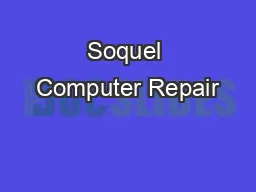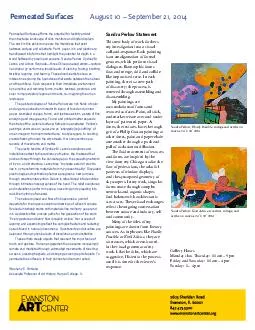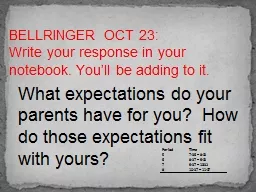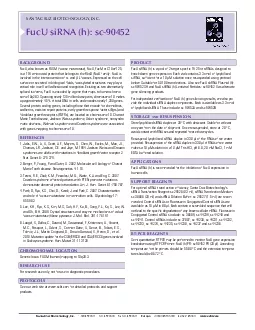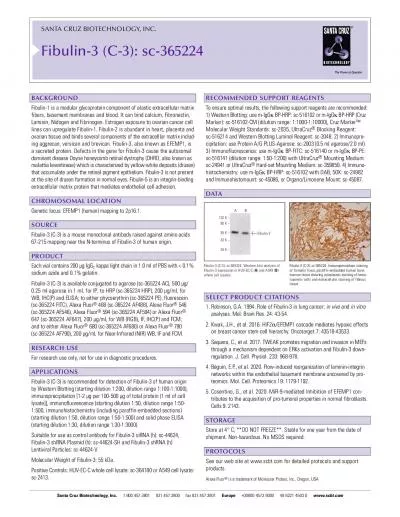PPT-Dr. Sandra Cruz-Pol, Professor
Author : conchita-marotz | Published Date : 2018-01-06
Electrical and Computer Engineering Department Green Campus Coordinator University of Puerto Rico Mayagüez Save the Earth from Ewaste US the People FB map of
Presentation Embed Code
Download Presentation
Download Presentation The PPT/PDF document "Dr. Sandra Cruz-Pol, Professor" is the property of its rightful owner. Permission is granted to download and print the materials on this website for personal, non-commercial use only, and to display it on your personal computer provided you do not modify the materials and that you retain all copyright notices contained in the materials. By downloading content from our website, you accept the terms of this agreement.
Dr. Sandra Cruz-Pol, Professor: Transcript
Download Rules Of Document
"Dr. Sandra Cruz-Pol, Professor"The content belongs to its owner. You may download and print it for personal use, without modification, and keep all copyright notices. By downloading, you agree to these terms.
Related Documents


